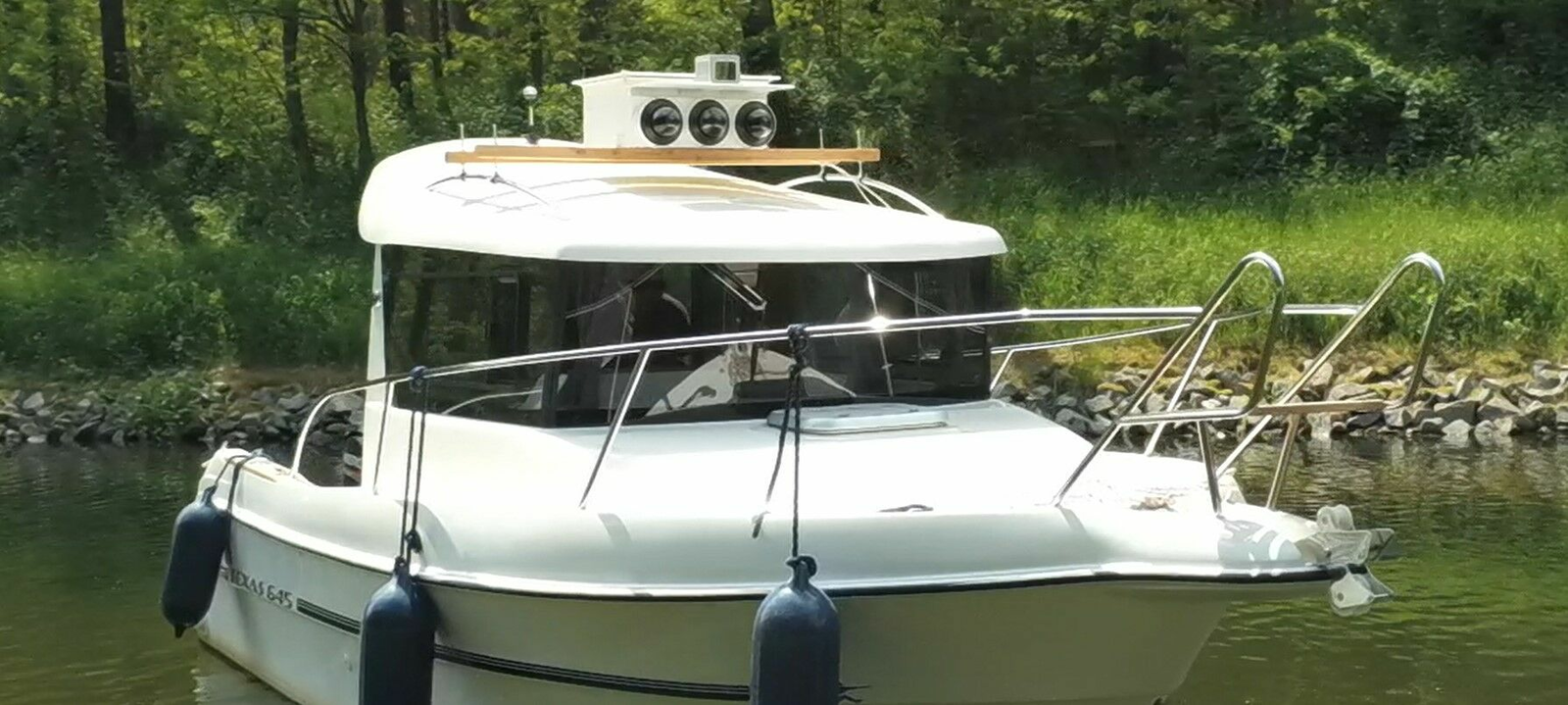Autonomous on and under water
In recent years, automated and autonomous shipping has gained more and more importance and the development is advancing rapidly. There is already a large number of projects that deal with application-relevant container shipping on the high seas. Current projects dealing with inland shipping are just the beginning and the potential for using these and future projects is huge. The first usable autonomous ships are currently in the final stages of development and some of them are about to go into service.
The application scenarios for highly automated / autonomous underwater vehicles are also interesting. The areas of application of such underwater drones are very diverse and can range from maintenance work to inspection and monitoring. An underwater drone can do simple maintenance work on dams and water sources. In addition, such drones can be used to inspect pipelines and welds, or to inspect places that are difficult to access or dangerous for people (e.g. checking a pipeline for blockages).
Advantages of autonomous watercraft and underwater vehicles:
Efficient and smart fleet management
Optimized operation increases the efficiency of the fleet and results in reduced costs and increased profit.
Compact and space-saving systems
Autonomous systems require less space on board than ordinary personnel. Clever placement of sensors, computer systems and power supply means that many rooms such as bunks, galleys and large ship bridges can be dispensed with. The result is smaller units, the number of which can in turn be increased.
Use in extreme weather conditions
Autonomous systems can easily operate in extreme temperatures and in rough waters. Modern sensors and navigation systems work reliably and rule out human errors.
Cost reduction
Autonomous systems that work underwater can complete tasks faster and more efficiently than human divers. This means you can do without professional divers with expensive equipment and keep costs low.
Versatility and independence
Autonomous underwater systems can reach very narrow and deep places that a diver cannot penetrate. Powerful energy sources on board and the independence from oxygen enable longer missions and keep the preparation time between missions short.
Application scenarios:
• Container shipping
• Inland shipping
• Inspection drones under or on water
• Rescue and surveillance
Scientific challenge:
Autonomous shipping today faces many challenges that must be overcome. Inland navigation is currently less the focus of automation and autonomous operation than shipping on the high seas. The reason for this is the high level of regulation in comparison to shipping and it reinforces the extremely complex environmental situation in which inland shipping operates. The surrounding area shows a growing traffic density and the utilization of the waterways continues to increase, as well as the great heterogeneity of the road users (from rowing boats to container freighters). These and many other factors have a strong influence on the safe and reliable operation of an automated inland waterway. Overcoming these challenges thus brings many opportunities for different users. Autonomous systems that act on and in the water offer a wide range of applications for Search And Rescue forces (SAR). One of the things to think about here is the subject of rescuing people.

